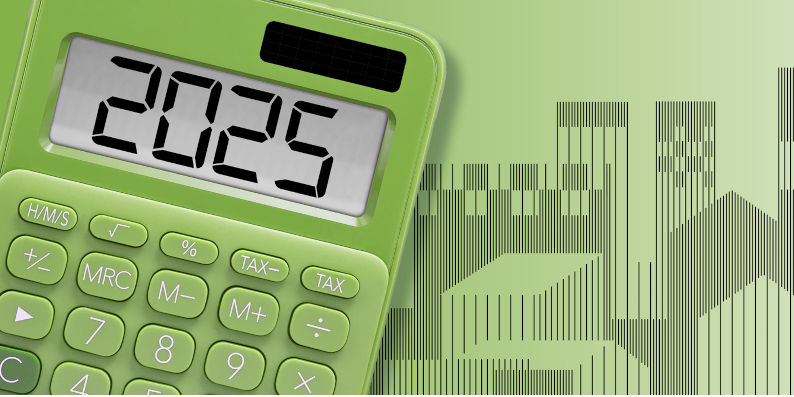Housing battle lines for election 2025 begin to emerge
March 10, 2024
With last weeks announcements from the Coalition and Australian Greens, the contours of next years election housing debate have begun to take shape. Its pretty clear that, as in four of the past six national polls, this policy area will be a flashpoint of the coming contest.
While not laying out any policy measures, as such, Peter Duttons creation of a new position Shadow Minister for Home Ownership suggests the Coalition will once again concentrate on first home buyer assistance, probably to the exclusion of other housing challenges. This would keep faith with the general stance of previous Coalition governments that rental stress, social housing and homelessness are of no direct federal concern. And that, similarly, the lack of any constitutional obligation absolves the Commonwealth from shouldering any national housing leadership role.
We can also expect that the new Shadow Minister will redouble the Oppositions commitment to boost first home buyers prospects through unlocking super for this purpose, as proposed by Scott Morrison in the 2022 campaign. This plan envisaged enabling mortgage downpayment contributions from superannuation accounts through withdrawals of up to $50,000 an upper limit that might now be increased.
While this is only one among several competing super for housing proposals, the associated risks to retirement income are sure to prompt heated exchanges ahead of next years poll.
The Greens housing plan
Meanwhile, elsewhere in Canberra, the Australian Greens party upped the housing stakes with its far-reaching blueprint to tackle the national affordability challenge. This would see a newly-created federal department commissioning 360,000 homes over five years; 70 per cent for rent at administratively-set prices, and 30 per cent for sale at just over the cost of construction.
To say that the programs overall scale of ambition puts the Albanese Governments housing initiatives in the shade would be quite an understatement. The annual new housing output envisaged would equate to around 43 per cent of Australias total housing output as recorded over the past 12 months.
Considering existing supply chain and workforce stresses in the construction sector, this would clearly call for a solid plan to boost industry capacity and, alongside that, to bolster the capacity of state and local government land-use planning departments.
In principle, though, large-scale government-commissioned housebuilding for sale and rent is not unknown in Australia. State governments indeed participated as major players in the housing system of the 1940s, 50s and 60s; building homes for cost-price sale as well as for rent. Such development contributed 16 per cent of all housebuilding during this period. Over the past decade by contrast, public and community housing construction has been running at under 2 per cent.
Funding for the Greens plan would be sourced in part from scrap[ping] the tax handouts for property investors says Max Chandler-Mather, Greens Housing Spokesperson, referencing negative gearing and the Capital Gains Tax discount.
Many affordable housing advocates would rightly applaud the principle of equitably re-directing the effective government spending represented by these concessions, within the housing system. But the language here suggests a notably robust approach to tax break reform that could extend far beyond the phasing down pathways that may be more politically feasible (or less politically unfeasible).
Based on calculations by the Parliamentary Budget Office, the Greens put the overall net cost of their program at a surprisingly modest $12.5 billion. But part of the explanation seems to be that only a relatively small part of the program is planned to be targeted to low income earners an objective that calls for substantial subsidies to enable affordability.
Since rental homes are to form 70 per cent of the program that suggests 252,000 units in total or around 50,000 per year. If a fifth of these are to be allocated towards the bottom 20% of earners that suggests a social housing component of 10,000 per year. For comparison, Labors Housing Australia Future Fund envisages 4,000 homes annually for five years from 2024-25.
Perhaps by design, this aspect of the Greens plan coincides exactly with a recent estimate of the minimum level of social housing construction needed to simply maintain the current size of the national social housing portfolio, relative to all housing stock.
So this part of the Greens plan would halt, but not reverse, the decline of social housing as a proportion of all housing which has seen the sector shrink from 6 per cent to only around 4 per cent of total occupied dwellings over the past 30 years. Perhaps surprisingly, therefore, the plan would see social housing provision treading water but with no inroads being made into the accumulated backlog of unmet need.
These relatively modest ambitions for this part of the housing system perhaps reflect the electoral constituency of the Australian Greens party, with their parliamentary cadre substantially representing middle income renters in inner urban areas.
These observations might place in question the radicalism of the partys self image. Equally, though, in reviving the vision of government as an active player in housing production at scale, developing homes that can be sold or rented at a price which does not need to factor in developer profits, the Greens plan refreshingly challenges an orthodoxy of decades.
And Labor?
It can only be hoped that the level of ambition in the Greens proposals serves as a spur for Labor in its deliberations on a second term housing pitch.
You might well imagine that the logical setting for this would be the Governments long-awaited National Housing and Homelessness Plan. Unfortunately, though, the signs are that this will prove an extremely underwhelming product.
Although its housing initiatives to date have been relatively small in scale and somewhat disparate, the Albanese Government cannot be criticised for inactivity in this area. What it now needs is a unifying rationale for these measures and a clearly stated declaration that they are to serve as a platform for second term ambition of a substantially higher order.

